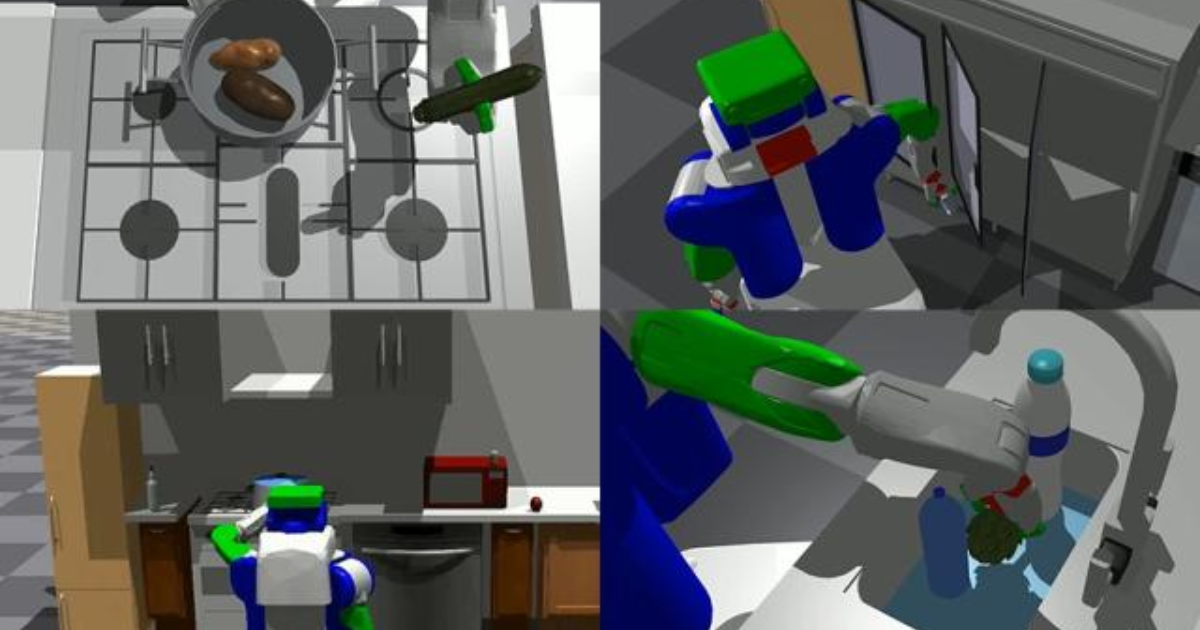Researchers at MIT’s Computer Science and Artificial Intelligence Laboratory (CSAIL) have unveiled PIGINet (Plans, Images, Goal, and Initial facts), a neural network designed to enhance task and motion planning in home robotic systems. The innovative technology aims to streamline the process of creating action plans for robots in various environments.
The Functionality of PIGINet
PIGINet utilizes a transformer encoder, a cutting-edge model renowned for its versatility in processing data sequences. In the case of PIGINet, the input sequence consists of information about the task plan under consideration, images of the environment, and symbolic encodings of the initial state and desired goal. By combining these elements, the encoder generates predictions regarding the feasibility of the selected task plan.
Currently, the system’s primary focus lies in kitchen-based activities. By leveraging simulated home environments, PIGINet constructs plans that involve interactions with different elements such as counters, cabinets, the fridge, sinks, and more. In simpler scenarios, PIGINet has demonstrated an impressive 80% reduction in planning time, while in more complex situations, planning time was typically reduced by 20-50%.
Expanding the Reach of PIGINet
The potential applications of PIGINet extend beyond household tasks, according to Zhutian Yang, a PhD student involved in the project. Yang explains, “The practical applications of PIGINet are not confined to households. Our future aim is to further refine PIGINet to suggest alternate task plans after identifying infeasible actions, which will further speed up the generation of feasible task plans without the need for extensive training datasets. We believe that this could revolutionize the way robots are trained during development and subsequently applied in homes worldwide.”
As researchers continue to advance PIGINet, the technology holds promise for revolutionizing robotics development and its application across various domains. The ability to expedite the generation of feasible task plans without relying on extensive training datasets can pave the way for more efficient and adaptable robotic systems, ultimately enhancing the integration of robots into everyday environments.

